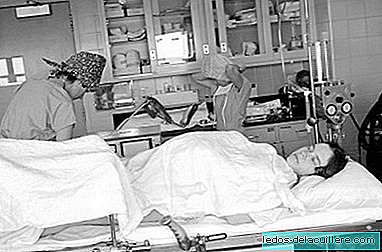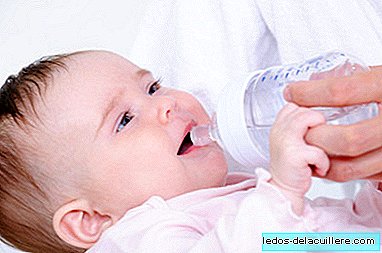
We have been talking about the possible routine interventions during a hospital delivery to show a little what evidence is behind it and explain why they are recommended or why they are discouraged.
There is talk of this type of interventions, especially because they have been done for many years despite not being completely necessary, being able to become some of them annoying for women and even causing some risks.
After talking about amnioscopy and enema today we are going to talk about perineal shaving, which has been done systematically for a long time to all women because of the belief that it decreased the risk of infection and facilitated suturing in case of episiotomy ( taking into account that most women have had an episiotomy) or a tear.
Shaving is not risk free
He perineal and pubic shaving (sometimes everything is shaved) It is not risk free, since sometimes small erosions occur in the skin that, like any wound, can lead to colonization by microorganisms. It is also an action that can be unpleasant for some women because it causes discomfort and itching when the hair grows.
For these two reasons we should know to what extent shaving improves the risks of infection that may occur during childbirth.
What does the scientific evidence say
In a 2008 Cochrane review of two trials with a total sample of 439 women no differences were found when analyzing maternal febrile morbidity.
When assessing the differences in terms of conolization by bacteria, a significant difference is observed in one of the studies when quantifying the conolization by gram-negative bacteria, since 54 women, of the 75 shaves in said study suffered such colonization, in front of 4 of the 75 women who were not shaved. That is due to the fact that they have been shaved the risk of colonization by gram-negative bacteria is much higher than if the woman is not shaved (In that case, in the studies, their hair was cut a little).
Conclusion
Given the possible side effects of this practice, which in one of the trials are defined as “irritation, redness, multiple superficial scratches and vulvar burning and itching”, and after observing that there are no significant differences in risk of infection in women, perineal and / or vulvar shaving is advised against women who are in labor.












